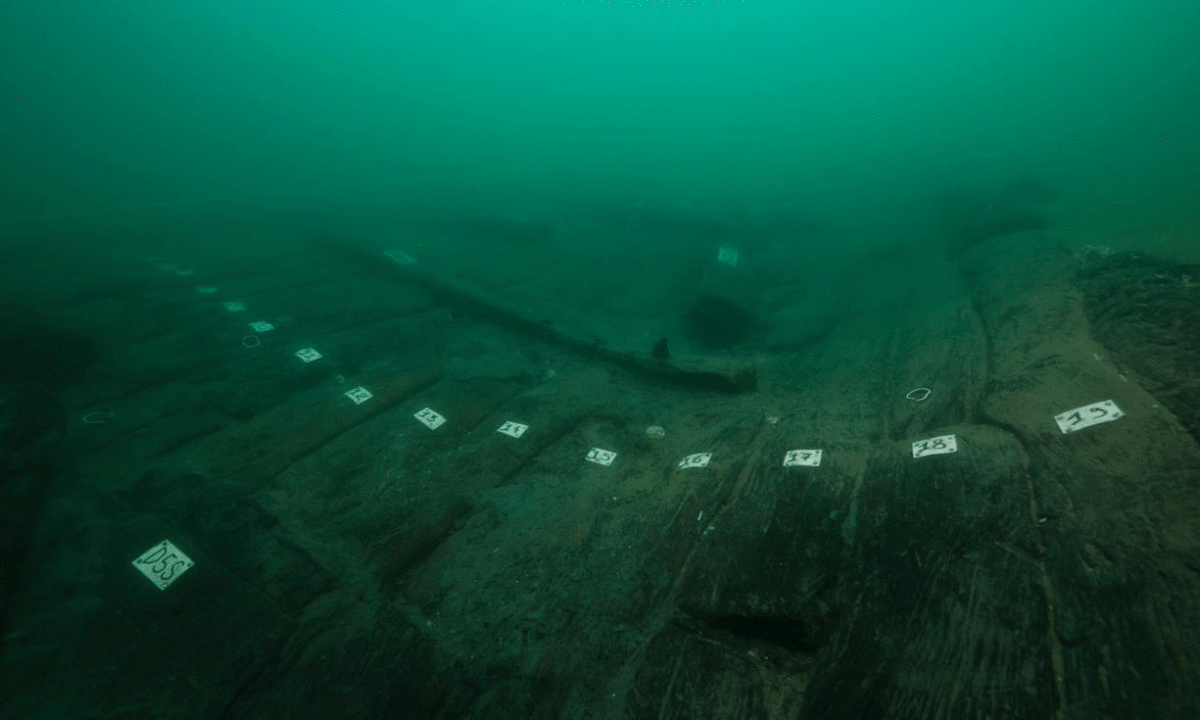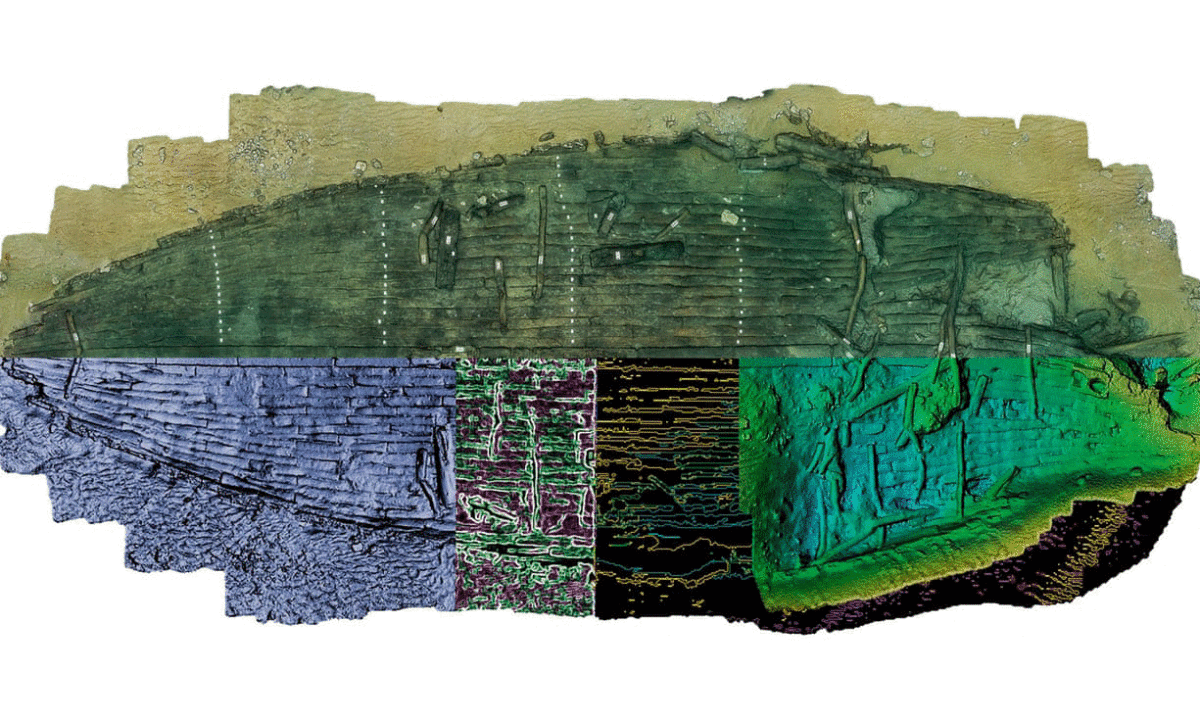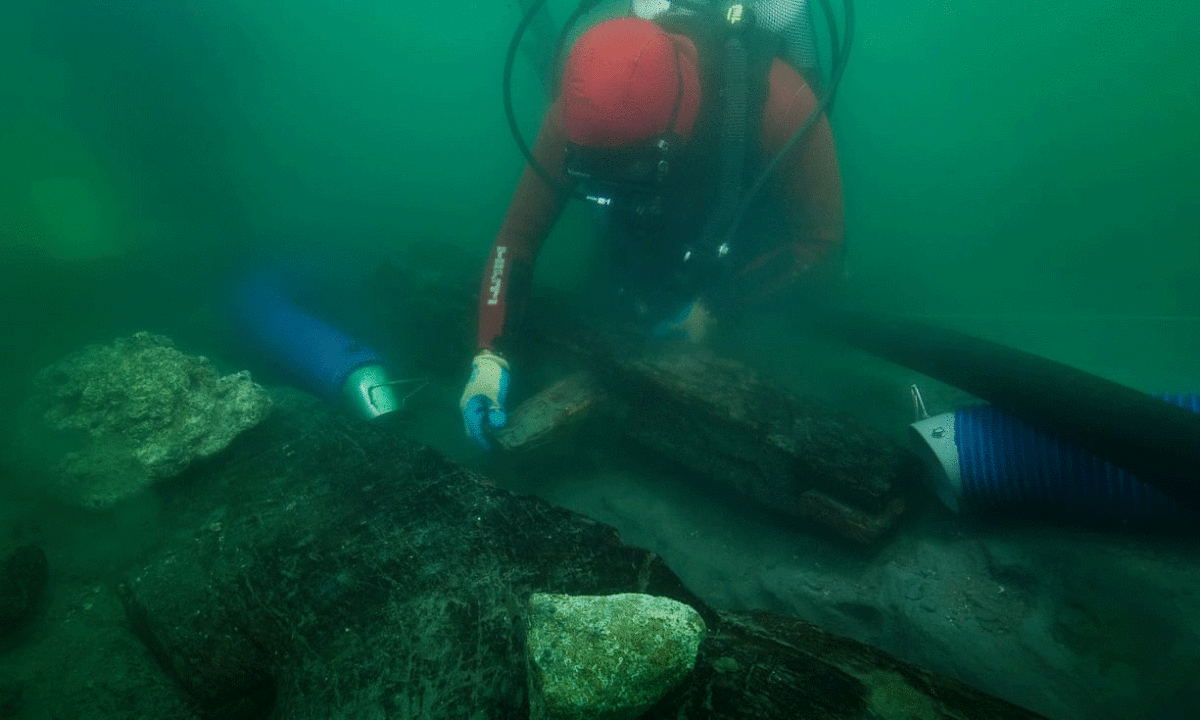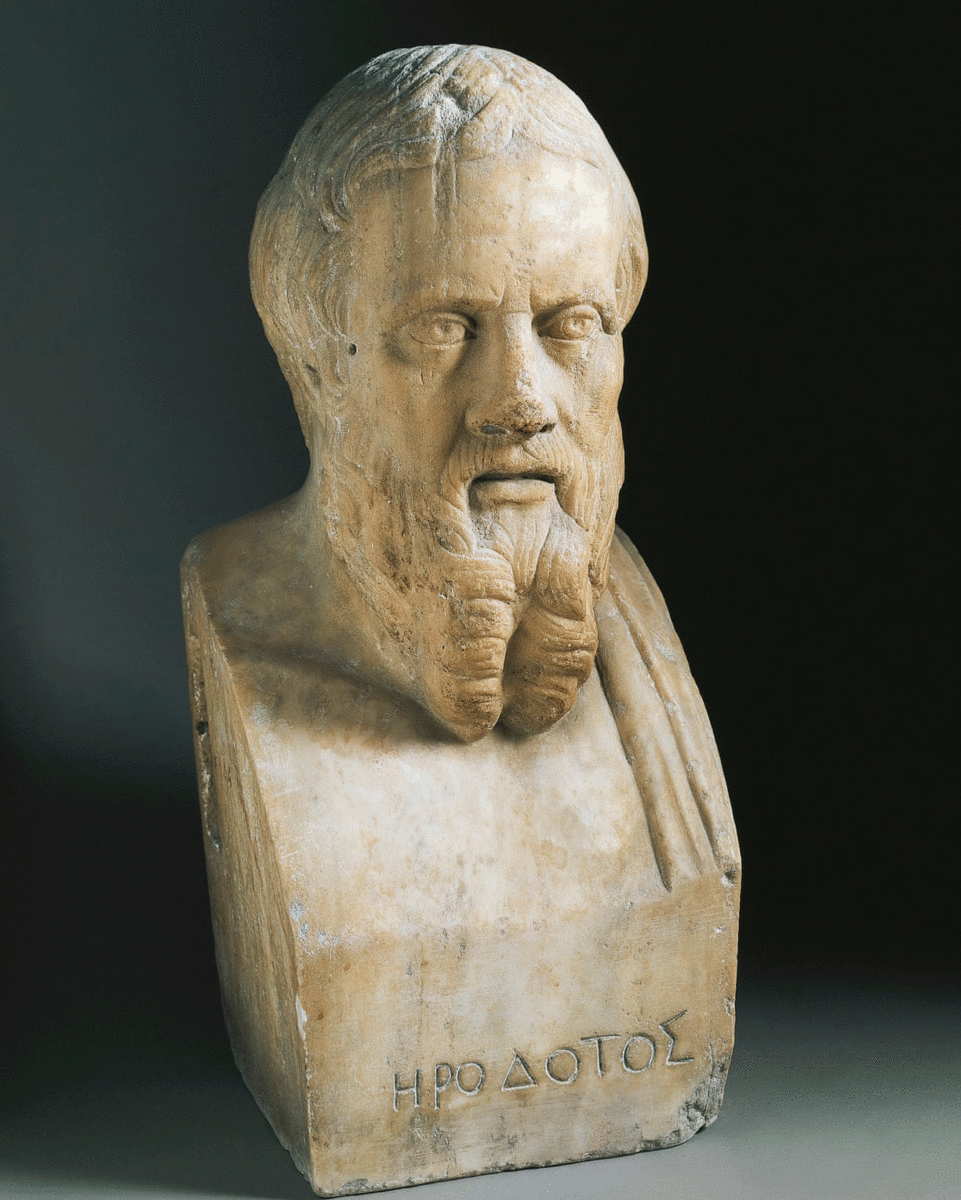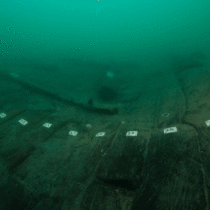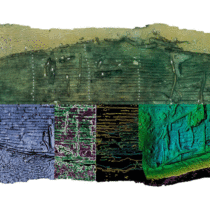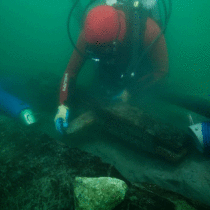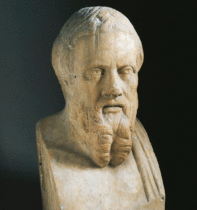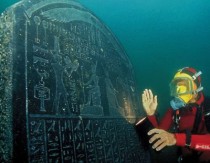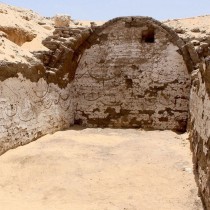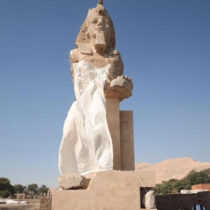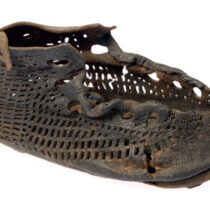Underwater archaeologists in Egypt find evidence that support the description by Herodotus of unusual river boats on the Nile. The Greek historian had included an account in his Historia regarding a “baris”, an unusual river boat.
However, no archaeological evidence had ever supported the existence of such a boat causing a debate among scholars. Now, underwater archaeologists have discovered a well-preserved shipwreck near the sunken port city of Thonis-Heracleion which further supports the existence of the boats.
In his account Herodotus describes how he witnessed the construction of a baris in 450 BC, with builders cutting “planks two cubits long [around 100cm] and arranging them like bricks”. He then said: “on the strong and long tenons [pieces of wood] they insert two-cubit planks. When they have built their ship in this way, they stretch beams over them… They obturate the seams from within with papyrus. There is one rudder, passing through a hole in the keel. The mast is of acacia and the sails of papyrus…”
Now, underwater excavations have revealed Ship 17, which bears a crescent-shaped hull and was constructed with thick planks assembled with tenons. Such a shape and construction had never been documented before. The ship would originally be up to 28 metres long, which means it is the first large-scale ancient boat to have been found.
The silt has helped to preserve about 70% of the ship’s hull. The tenon-ribs fastened with pegs hold together Acacia planks creating lines of internal ribs within the hull. The steering was achieved with an axial rudder with two circular openings for the steering oar and a step for a mast towards the centre of the vessel. This construction is unique, since archaeological evidence so far have only yielded planks joined by mortice and tenon joints fastening one plank to the next.
Researchers believe that Ship 17 sunk in the first half of the 5th century BC, but Dr Damian Robinson, director of Oxford University’s centre for maritime archaeology, stated that it probably dates to the 6th century BC and was probably reused as a floating pier when it could no longer be used as a ship.
A book on the wreck by Alexander Belov, Ship 17: a Baris from Thonis-Heracleion, which was published earlier this month, supports the assumption that the boat discovered could have been the very boat that Herodotus described, or constructed in the same shipyard.
The Thonis-Heracleion baris is thought to have been used to carry goods along the Nile River trade route, transporting imports from the Greek and Persian worlds, or Egyptian goods, such as grain and salt to Thonis-Heracleion, intended for export.
Excavations at the site were carried out by a team from the European Institute for Underwater Archaeology in Boukir bay, with the aid of the Oxford Centre for Maritime Archaeology.
